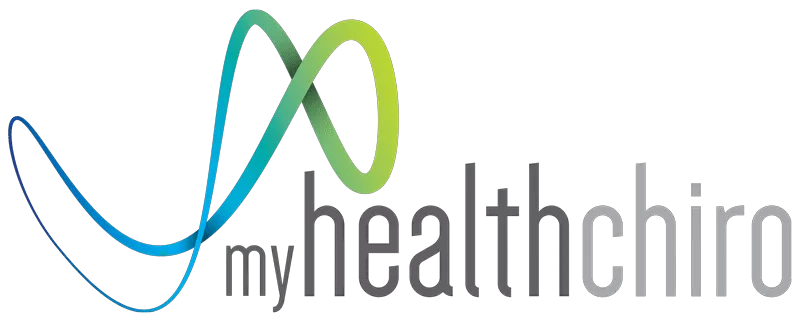We often talk about gut health—the bloating, discomfort, and unpredictable
inflammation that seem to come out of nowhere. But if you’ve noticed these issues
flaring up when you’re stressed, there’s a scientific story behind it. The connection
between your HPA axis (the Hypothalamic–Pituitary–Adrenal axis) and gut function
explains why your digestive system becomes irritated when stress is high—and why
a one-off therapy just doesn’t cut it.
HPA Axis 101: How Stress Impacts Your Gut
Let’s start at the source—in your brain. Your HPA axis acts as your body’s master
switchboard for stress. When a stressful event (or ongoing stress) arises, your
hypothalamus signals your pituitary, which in turn instructs your adrenal glands to
release cortisol. This is your body’s natural “alarm system.” However, if stress
becomes chronic or isn’t well-regulated, that alarm stays on too long. Elevated
cortisol and disrupted feedback loops set off a chain reaction:
Stress Trigger → HPA Axis Activation → Elevated Cortisol → Inflammatory
Pathways → Gut Lining Irritation → Persistent Bloating & Digestive Upsets
Why Your Gut Lining Gets Inflamed
When your HPA axis is on overdrive, your body floods itself with stress signals. This
not only alters blood flow and immune responses but also compromises the integrity
of your gut barrier. Normally, your gut lining carefully regulates what passes through,
but under stress, it becomes more permeable—leading to “leaky gut” and chronic
inflammation. And when your nervous system is constantly bracing for danger,
digestion is deprioritized, leaving your gut undernourished.
Cranial Therapy: Recalibrating the HPA Axis
You’re familiar with how spinal adjustments can ease pain. Cranial therapy, however,
gently mobilizes your cranial bones to reduce neurological tension. By smoothing the
pathways in your central nervous system—including the HPA axis region—this
therapy helps reset your body’s stress “switchboard.” When your HPA axis is no
longer stuck on high alert, your gut lining finally gets the relief it needs.
Our Unique Whole-Person Approach
At My Health Chiro, we know that real change extends beyond your clinic session.
Sure, we provide expert spinal adjustments, cranial therapy, and targeted
neurological drills—but we also support you at home. We seamlessly weave in:
Mindset Coaching: Because stress isn’t only about physical triggers—it’s
also about our everyday thoughts and emotions. Learning to manage stress at
a mental level helps keep your HPA axis balanced.
Nutritional Support: Your gut lining thrives on the right building blocks. We
work with you to create an eating strategy (and, if needed, supplementation)
that directly supports reduced inflammation.
Neuroexercise: Specific movement and neural drills—like posture exercises
and visual tasks—reinforce stability in your HPA axis, ensuring your nervous
system stays in sync.
By integrating these elements, we’re not just treating symptoms. We’re creating a
comprehensive environment that empowers your body to break the cycle of stress
and gut inflammation—both in the clinic and at home.
Why a Whole-Person Mindset Matters
A single therapy session may provide temporary relief, but without ongoing support,
the cycle often repeats. By combining in-clinic treatments with daily
practices—mindset coaching, nutrition, and neuroexercise—we help you build lasting
resilience. The result? Your body learns to reduce chronic stress signals, your gut
lining can heal and strengthen, and that frustrating cycle of “I feel better for a week,
then it all comes back” can finally be broken.
Don’t let an overactive stress response keep your gut inflamed. At My Health Chiro,
we’re committed to rebalancing your HPA axis—so you experience lasting
improvements in gut health and overall well-being. We’re here to support you every
step of the way, both in our sessions and in your daily life.
Look forward to seeing you at your next adjustment!
References
Bale TL, Vale WW. (2004). Corticotropin-releasing factor and stress. Trends in
Endocrinology & Metabolism, 15(9), 409–415.
Tsigos C, Chrousos GP. (2002). Hypothalamic–pituitary–adrenal axis, immune
system, and stress. Journal of Psychosomatic Research, 53, 865–871.
Ericsson A, et al. (2014). Regulation of the stress response: bridging mental
and nutritional components. Neuroscience & Biobehavioral Reviews, 45,
273–281.
Holt KR, Haavik H. (2012). Chiropractic strategies impacting motor control
and stress signaling. Journal of Bodywork and Movement Therapies, 16(4),
485–492.
Maier SF, Watkins LR. (1998). Cytokines for psychologists: Implications of
bidirectional immune-to-brain communication for understanding behavior,
mood, and cognition. Psychological Review, 105(1), 83–107.

